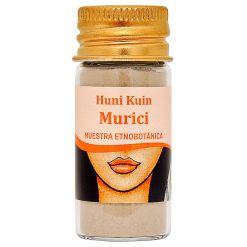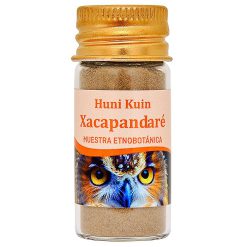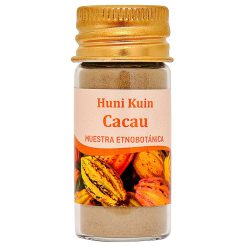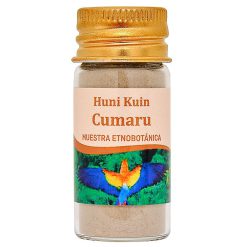Tribu Huni Kuin
La tribu de los Huni Kuin habita en pequeñas comunidades localizadas desde las faldas de los Andes peruanos hasta fronteras brasileñas, en los estados de Acre y Sur de Amazonas, abarcando el área del Alto Juruá, Purus y el valle del Javari.
Territorio
Su lengua materna es el Hatxa kuin, “la lengua de la verdad”, de donde deriva su nombre: Huni, que significa “hombre”, “kuin”, que quieres decir “verdadero”. El Huni Kuin se nombra así mismo como “hombre verdadero”. Hoy en día casi todos son bilingües (hablan castellano o portugués, según el área) para poder relacionarse y a veces comerciar con el mundo externo, aunque adentro de sus comunidades hablan únicamente su lengua materna.
Esta tribu se reparte en pequeñas comunidades o aldeas que han permanecido aisladas hasta 1946 en la selva virgen, lejos de los ríos que navegaban los mercaderes, algunas de las cuales siguen teniendo hoy día un contacto prácticamente nulo con el mundo occidental. En las últimas décadas han experimentado un gran cambio tanto a nivel de éxodo interno (muchas poblaciones peruanas se han trasladado al lado brasileño), como en su modo de vida.
Los Huni Kuin son también llamados kaxinawá, quizás por su habilidad de moverse en la noche en la espesura selvática, pues “kaxi” quiere decir “murciélago” en Hatsa kuin.
Seguir Leyendo:
Vida Huni KuinHuni Kuin
Huni Kuin
Huni Kuin
Huni Kuin




